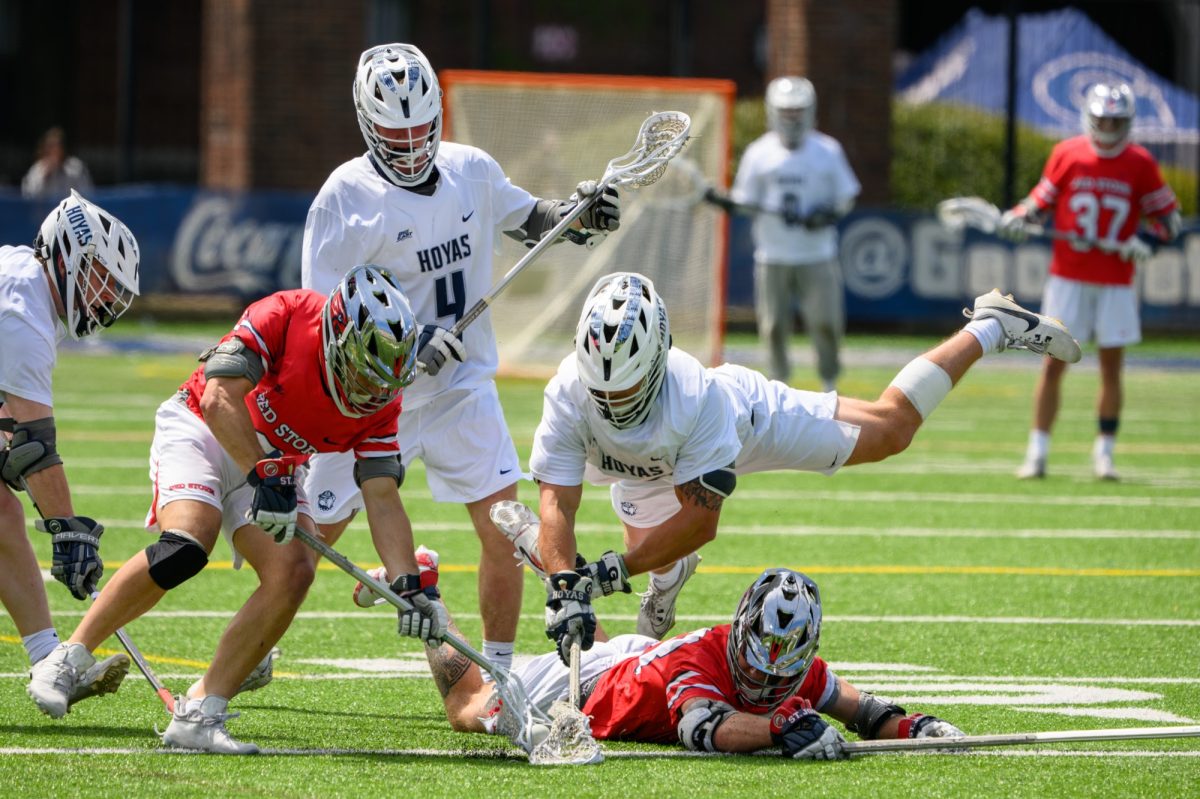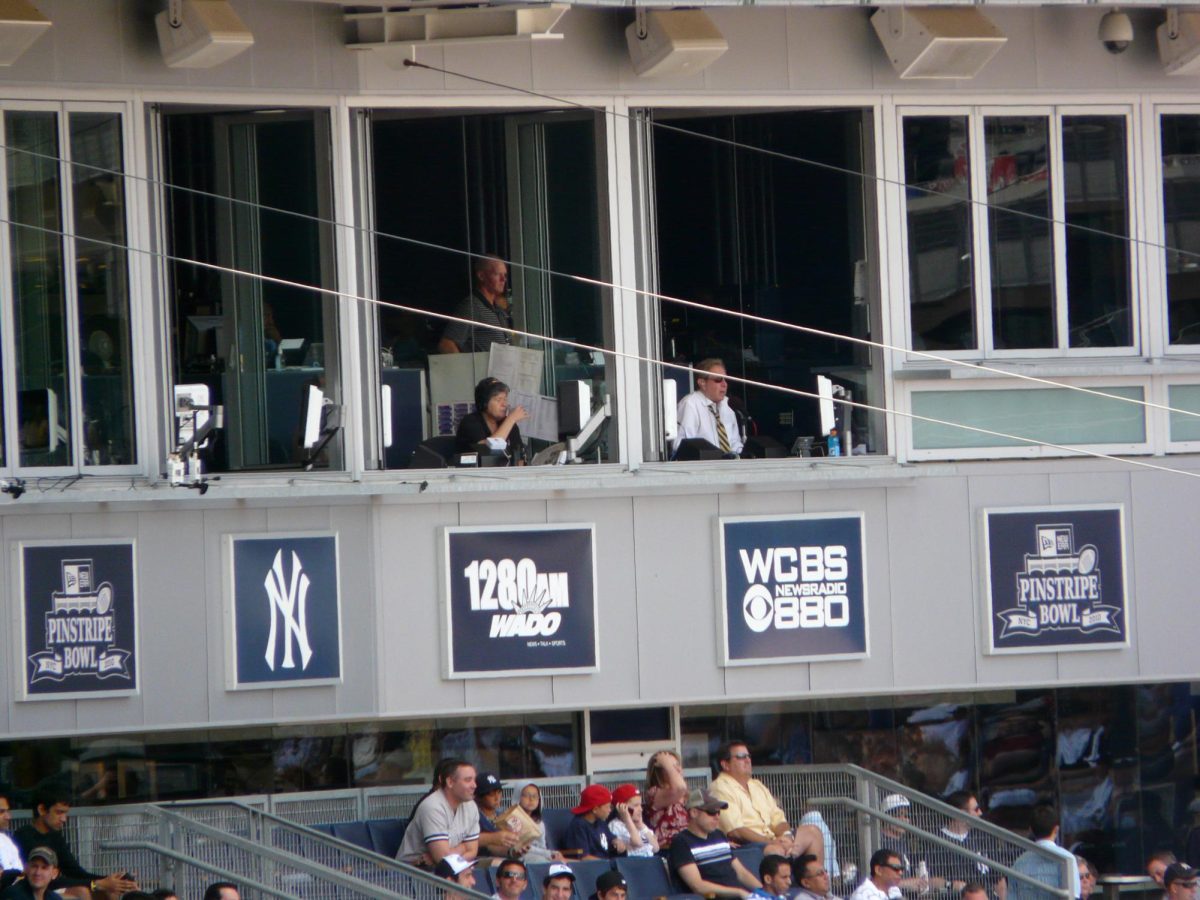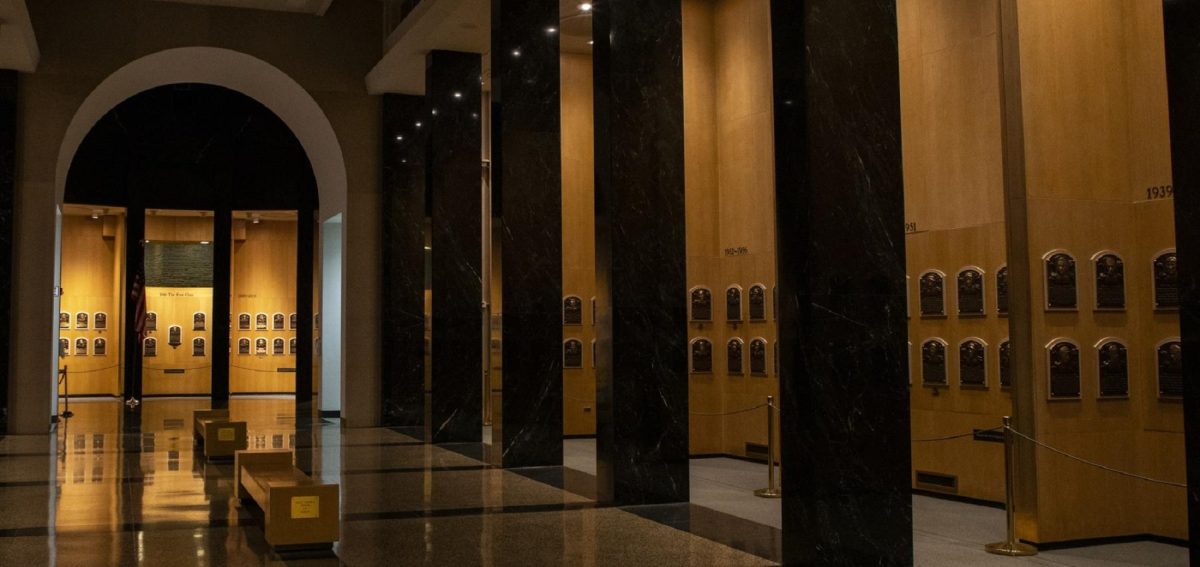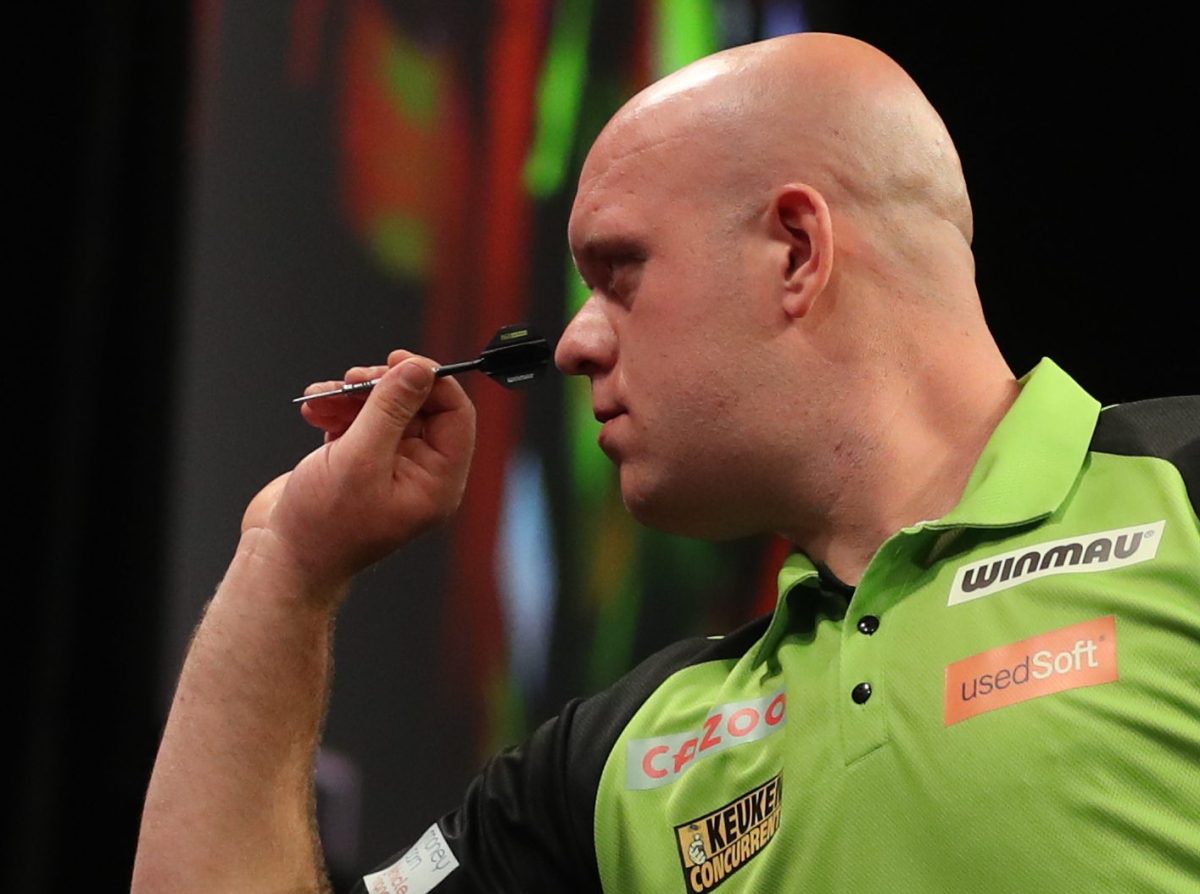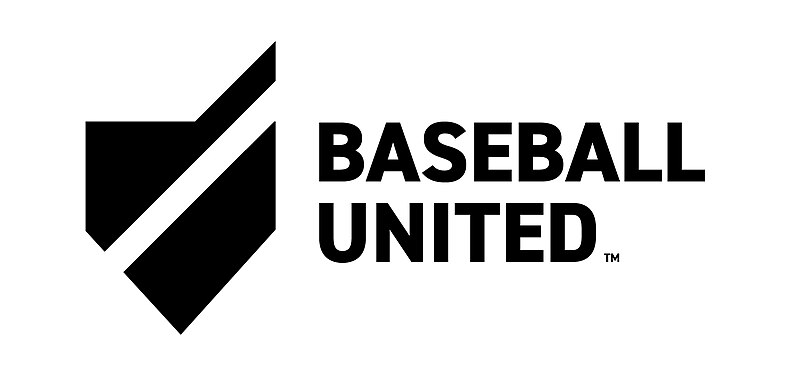When my friend and I watched a rather lopsided National Football League contest between the Arizona Cardinals and Philadelphia Eagles this past Sunday, we made two observations.
First, most kickoffs seemed to result in touchbacks, dead-ball scenarios where the kick clears the end zone or the returner decides to take a knee in the end zone.
Second, it seemed as if kickoff returners rarely reached the 25-yard-line, the spot where they’d get the ball anyway as a result of a touchback, during a return.
I looked up the play-by-play record after the game ended. Sure enough, there were nine kickoffs in the game, and only three were even returned. Of those three, not one advanced the ball past the receiving team’s 25-yard line.
Truth be told, the kickoff is nearing extinction in today’s NFL, and rightfully so.
Historically, the kickoff has certainly played an integral role in the sport of American football.
In its most basic function of starting the game — as well as reintroducing live play after a team scores — the kickoff presents an ubiquitous, timeless image in sports.
Resembling war, 11 players on one team sprint at 11 players on the opposing team, while the pigskin soars through the air and thousands of flashbulbs —or cell-phone cameras these days — go off throughout the stadium.
Unfortunately, kickoffs cause many injuries. Few NFL fans forget the gruesome 2007 injury of Buffalo Bills special teams player Kevin Everett. While defending a kickoff, Everett sprinted full-speed into Denver Broncos’ return man Domenik Hixon, made helmet-to-helmet contact, and immediately collapsed.
The game had to be paused for 20 minutes while Everett — completely immobilized — was carried off the field and rushed to the hospital to be treated for a severe spinal injury. On a respirator for days during several surgeries, Everett almost became paralyzed, although he thankfully regained the ability to walk months later.
We recall these infamous injuries, but the bulk numbers are just as staggering.
As a result, the NFL has taken steps to try and limit kickoff injuries by limiting kickoff returns, which brings us back to my original observation. By moving the kickoff spot up from the 30-yard line to the 35-yard line in 2011, the league made it easier for kickers to kick the ball out of the opponent’s end zone for a touchback.
By granting the receiving team the ball at its 25-yard line instead of the 20-yard line for touchbacks, the league used an incentive to nudge teams into instructing their returners to settle for touchbacks more often.
These changes have produced the patterns seen in that Arizona-Philadelphia contest, where exciting kickoff returns rarely occurred.
The NFL’s stance on the kickoff injury plague is more than understandable, both in its concern for the safety of its players and for the NFL brand — films like “Concussion” have documented the NFL’s safety risks and may dissuade parents from allowing their kids to put on a helmet.
Today’s kickoffs are, in aggregate, a waste of time, and the NFL should seriously ponder getting rid of them all together.
The slimmer and slimmer likelihood of a dynamic kickoff return for a touchdown does not outweigh both the injury risk and the time allocation associated with kickoffs.
Since the large majority of drives after a score and starts after a half begin with a kickoff anyway, the offense should just automatically have 1st-and-10 at their own 25-yard line. That way, players can stay safer, and fans can get to the real action much more quickly.
Ben Goodman is a sophomore in the School of Foreign Service. “WHAT’S THE CALL?” appears every other Friday.










